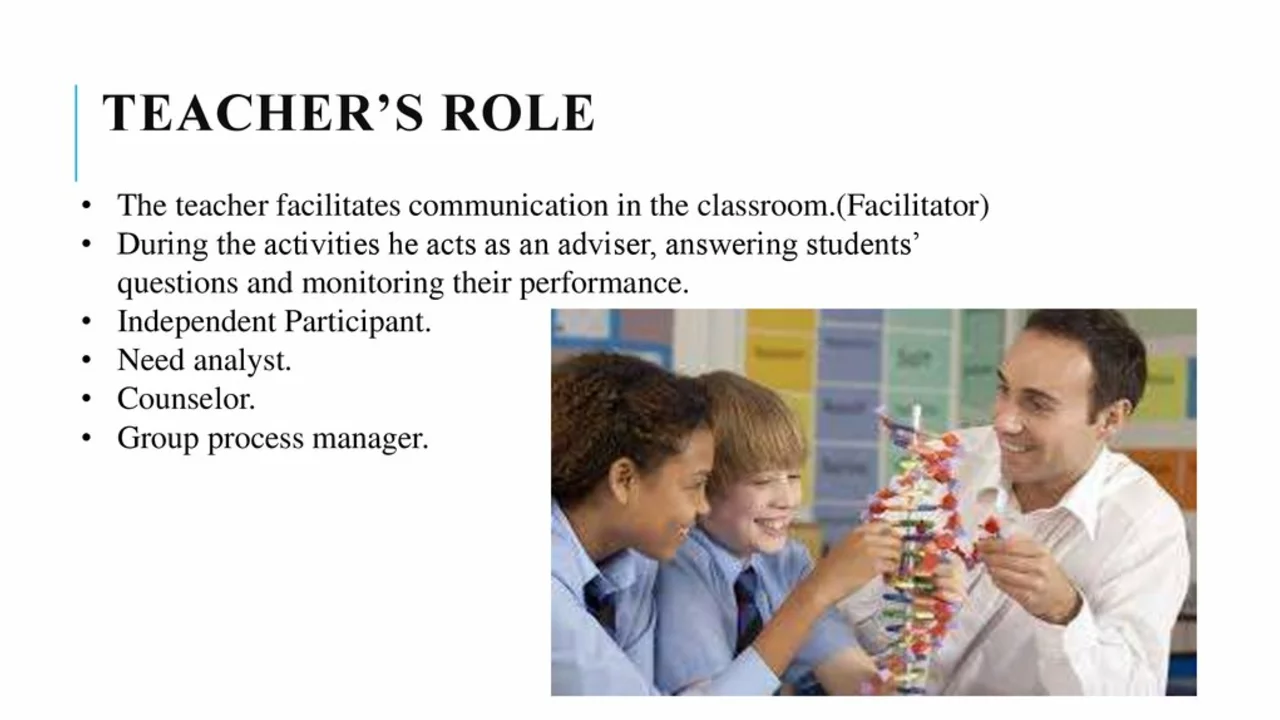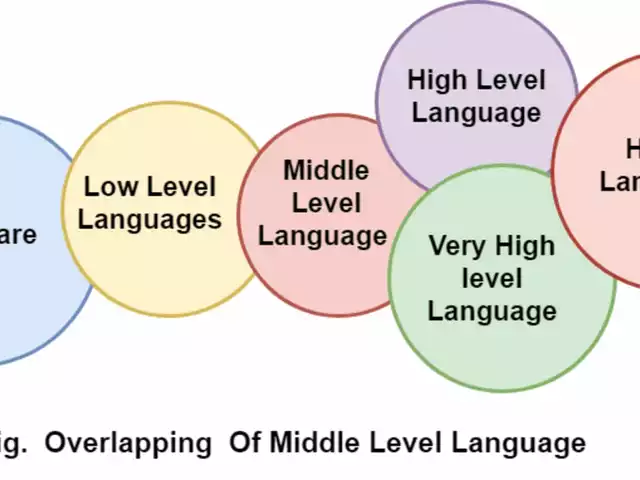
Unlocking Fruitful Conversations
C.S. Lewis once quipped, "Isn’t it funny how day by day nothing changes, but when you look back, everything is different.” This couldn't be truer than when we reflect upon our children's educational journey. Subtle yet significant changes are afoot, and bridging the communication divide between parents and teachers is pivotal. Effective dialogue channels can set the course for success. Let's delve into this voyage.
While time-honored approaches have their place, they may not be adequate in our contemporary digital world. Physical meetings, though invaluable, may not always be the go-to option. Hence, the need arises to think outside the box, much like how I had to entice Bella, my Border Collie, to be more yard-friendly with some innovative chalk-drawn paths. Likewise, it's high time we put on our thinking hats for smart parent-teacher dialogue solutions.
Digital Tools at the Forefront
Just as Alexa has become an indispensable companion for my dear wife, Abigail, technology platforms like Classcraft, Kidblog, and Google Classroom have transformed how we remain updated about our children's scholastic achievements. Regular insights into their classwork, homework, and interactions present a clear picture of their strengths and areas needing improvement. Speaking of homework, have you tried using "homework for me online" platforms for assistance?
No singular digital tool fits every scenario. Depending on the age group and specific requirements, some educators might gravitate towards Seesaw for younger minds, while platforms like Remind or ClassDojo might appeal to older students. Selecting the right tool is akin to picking Mitch, our Cockatoo's favorite plaything – sometimes he loves the jingly bell, other times he's enamored with his reflection.
Dipping Toes in Social Media
Ready or not, social media is now integral to most of our lives, offering an expansive bridge between educators and parents. Don't fret, I'm not insinuating that you befriend your child's tutor. However, class-specific Facebook groups or timely Twitter hashtags might just be the thing we need, right?
While social media can be a potent tool, adhering to school policies regarding its use is imperative. This medium's versatility allows for sharing resources, pedagogic techniques, personal experiences, and yes, even the occasional humorous meme, ensuring a lively, genuine-time engagement.
Emails: Oldie but Goodie
Emails remain a potent medium for comprehensive communication. They’re great for quick catch-ups or exhaustive reports. But do bear in mind, your email's content shouldn’t rival the length of a George RR Martin novel. Concise, yet impactful is the key.
A word to the wise: Be cautious with the 'reply-all' feature. When replying to group emails from educators, direct your responses to the sender, not the entire parent brigade. No one enjoys parent oversharing!
School Apps: Your Digital Diary
Increasingly, schools are leveraging custom learning management systems or dedicated apps to smoothen communication channels. Envision these as your academic WhatsApp. They proffer details on attendance, assignment cut-offs, school events, performance metrics, and even those cherishable snaps of your child's latest art piece.
If you recall the excitement of using the FitBit app, these educational apps offer a similar thrill, providing on-the-move information, thus eradicating redundant email chains. Plus, isn’t there a geek inside all of us waiting to emerge?
Cultivating a Team Spirit
It's time we transition from sheer informational exchanges to more cooperative, two-way communications. Picture this: every stakeholder brings their unique contributions, akin to a potluck, resulting in a delectable spread. This shared commitment makes education a joyous, collective effort.
Such synergy not only amplifies effectiveness but also fortifies bonds between parents and educators. When children sense this collaborative spirit enveloping them, their zeal for learning gets a definite boost.
Retaining the Personal Touch
While digital convenience is praiseworthy, it's crucial to lace our communication with personal touches. Be it an occasional in-person chat, a heartfelt note, or a tailor-made email, these gestures make a world of difference.
True communication transcends mere data exchange; it touches souls with genuine concern and appreciation. Bella's affectionate gaze after a tiring day epitomizes this sentiment. Shouldn't we strive for such meaningful connections?
Respecting the Line
Lastly, while open dialogue is commendable, it's vital to recognize boundaries. Educators, as much as we might jest, aren't Marvel superheroes. Their personal space and time warrant respect. In our tech-enabled age, while it's tempting to reach out incessantly, restraint is golden.
Moderation is pivotal. Sending torrents of emails at unholy hours isn’t prudent. After all, we wouldn't want our communication habits to mirror excessive snacking, would we?
Robust parent-teacher communication, balanced with courtesy and empathy, forms the foundation for holistic child development. As we adopt modern communication tools, let's not overlook the human element, always striving for what's best for our young ones.



Write a comment